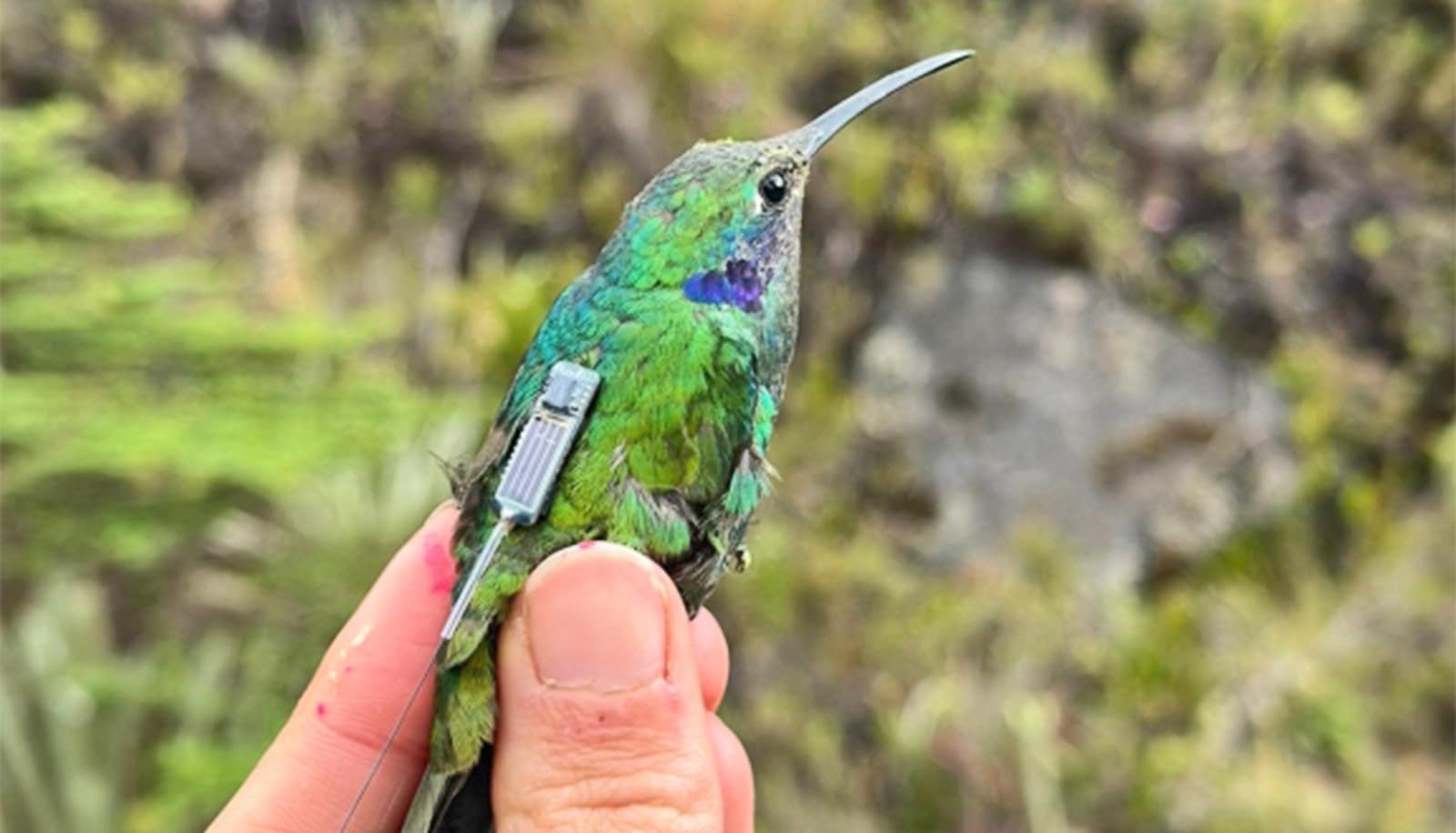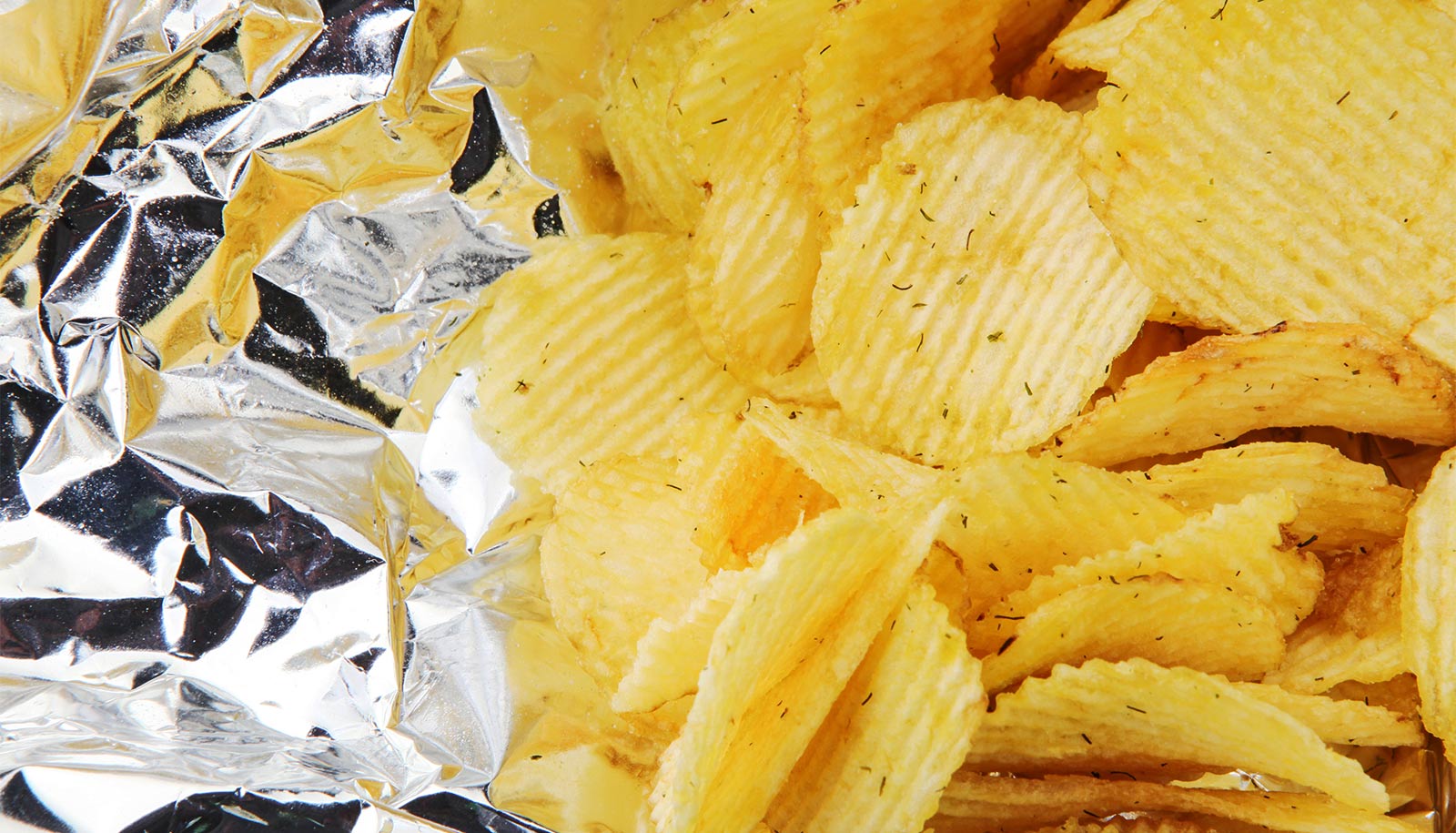150 years of restaurant menus show why the northern diamondback terrapin nearly went extinct. The turtle went from not very popular at all, to insanely popular, to hard-to-find, and then to virtually non-existent on seafood menus from the 1850s to the 1970s.
Seafood menus are especially good at capturing fads through the ages. Lobster, for example, was a “trash fish” 150 years ago that made for cheap meals for prisoners and children in orphanages. Compare that to today when a lobster dinner is often one of the most expensive at any seafood restaurant.
As reported in Marine and Coastal Fisheries, researchers found that the cost of northern diamondback terrapin went up almost 1,000 percent and with its rise in popularity it was racing to near commercial extinction at breakneck speed.
“The same thing has happened to abalone on the West Coast,” explains Glenn A. Jones, professor at Texas A&M University at Galveston.
“It went from a ‘who-cares’ dish to one of the most expensive items on the menu. But the terrapin was unique. Its story covers about 125 years and at its height, Terrapin a la Maryland, a sort of stew dish, was the must-have meal at elite Eastern restaurants, selling for more than three times the price of lobster, or swordfish today when adjusted for inflation.”

Conspicuous consumption
Jones and doctoral student Raven Walker say the popularity of the northern diamondback terrapin is an excellent example of conspicuous consumption, a notion that economist Thorstein Veblen coined in 1899. In short, the theory says that the more expensive an item is, the more popular it can become, and that its price can skyrocket quickly.
“It means people like to show off their wealth,” says Jones, “and that’s exactly what happened to this terrapin. Once a few well-to-do people started eating it, more of their friends also did, just to show others they could afford it. It was considered stylish to eat it and to let others see you eating it. Pretty soon it became so popular that its numbers declined dramatically and it became scarce in many regions. People literally ate it to near extinction.”
Hawaii souvenirs reveal which fish ran out
Fish markets once sold the the northern diamondback terrapin, the only North American brackish-water turtle found along the Eastern Seaboard, by the dozen. By the early 1900s they were sold individually, and ordering Terrapin a la Maryland in a restaurant would set you back about $100 in today’s dollars, Jones says.
“By 1916-17 the price collapsed, by the 1940s demand had largely dried up, and by the 1970s terrapin is no longer listed on menus. Today few people are aware that this turtle was eaten or that it was one of the most expensive marine delicacies of the last 150 years.” Jones adds.
“We haven’t seen one on a menu in at least 40 years,” Jones notes.
Prohibition or something else?
Adds Walker, “Most literature attributes the terrapin market decline to Prohibition, as sherry was no longer available for the terrapin stew, which was an essential ingredient. However, our results showed a decline before Prohibition was enacted in 1920, which suggests that it couldn’t have been Prohibition that caused the initial market decline.
“We found a better relationship with the Food and Fuel Control Act (1917), which urged a change in eating habits and redirected food supplies to the war effort during WWI. This was more likely to have changed the course of terrapin being featured in markets and on restaurant menus as conspicuous consumption was now discouraged.
Food porn predates Instagram by at least 500 years
“One of the most incredible aspects of this project was to be looking at a newspaper article from 1870 and see how different the articles were back then, and even more strikingly, how similar some of the content is,” Walker believes. “The problems we (scientists, fisheries managers, public) are concerned with today were occurring more than 100 years ago. To really allow that to sink in and think about how long these marine and estuarine ecosystems have been exploited ignites a desire to protect them that much more.”
Walker is hoping to use conspicuous consumption by trying to get people to eat the lionfish, an invasive species that is damaging Caribbean and Gulf of Mexico ecosystems.
One possible solution: “If we can create prestige-driven consumer demand for them, not unlike the demand for terrapin 120 years ago, it might be a way to control their numbers,” explains Walker.
“They are already a popular dish in the Caribbean. It’s a simple idea—the more people eat them, the better our chances are of controlling them.”
Source: Texas A&M University



